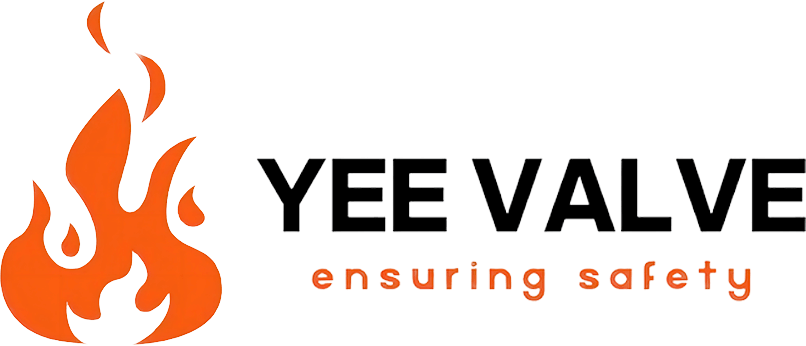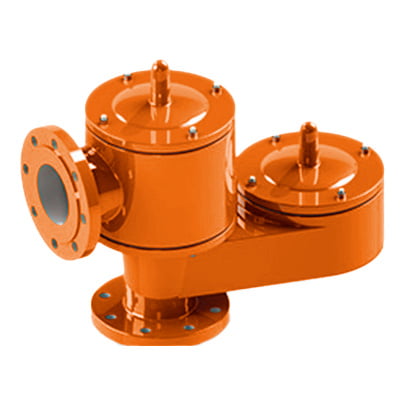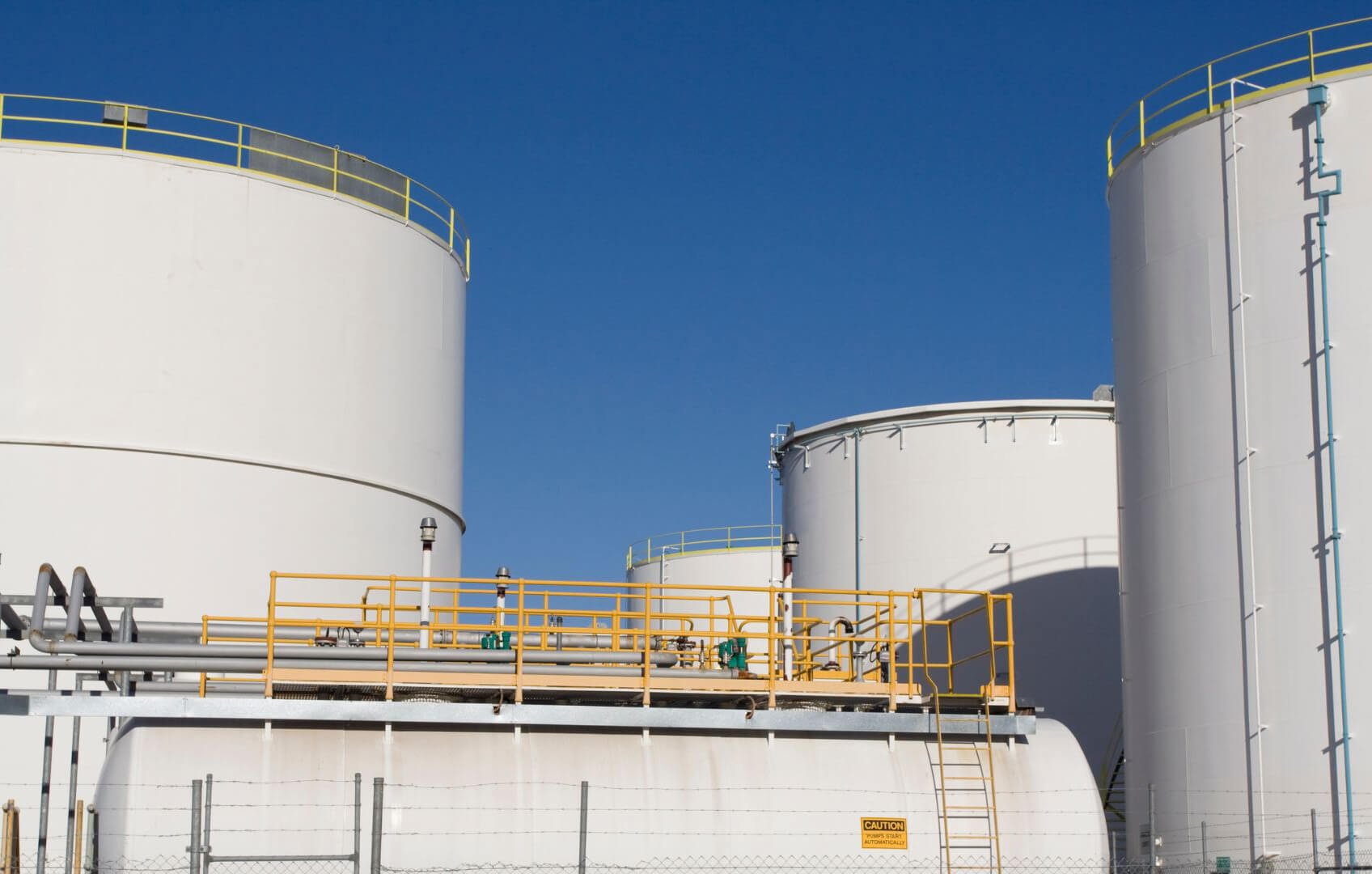Apa itu injap nafas?
Injap nafas (tekanan/injap pelega vakum) direka untuk melindungi tangki simpanan, sistem proses, dan peralatan dari tekanan dan keadaan vakum yang berlebihan. Injap ini membolehkan pembuangan gas atau wap terkawal dan membantu mengekalkan persekitaran kerja yang selamat dengan menghalang kerosakan tangki dan meminimumkan kehilangan produk akibat penyejatan.
Bagaimana Injap Nafas Berfungsi?
Injap pernafasan berfungsi dengan menggunakan palet beban berat atau spring untuk mengawal aliran melalui injap. Apabila tekanan dalaman atau vakum mencapai titik set, palet terangkat dari tempat duduk untuk membenarkan aliran. Ini menghalang kehilangan pelepasan sehingga sangat dekat dengan tekanan yang ditetapkan dan menghalang pengambilan udara sehingga sangat dekat dengan vakum yang ditetapkan.
Apakah faedah menggunakan injap nafas?
- Kapasiti aliran tinggi dari saiz injap padat.
- Pelbagai tekanan dan tetapan vakum untuk perlindungan tangki maksimum.
- Pengurangan kehilangan gas dan penyejatan, mengakibatkan penjimatan ekonomi.
- Pematuhan dengan peraturan kawalan pelepasan yang ketat.
- Reka bentuk modular membolehkan penyesuaian untuk keperluan tertentu.
Bahan apa yang dibuat oleh injap nafas?
Injap nafas boleh dibina dari pelbagai bahan, termasuk aluminium, keluli tahan karat, keluli karbon, besi mulur, dan aloi seperti C276. Pilihan bahan bergantung kepada aplikasi tertentu dan jenis media yang dikendalikan.
Apakah aplikasi biasa injap nafas?
Aplikasi biasa termasuk melindungi tangki simpanan dalam industri seperti farmaseutikal, makanan dan minuman, pemprosesan kimia, dan industri petrokimia. Mereka juga digunakan dalam sistem di mana wap perlu disalurkan atau dibebaskan ke atmosfera.
Apakah Piawaian yang Dipatuhi oleh Injap Pernafasan?
Injap pernafasan direka bentuk dan diuji mengikut piawaian seperti API 2000:2014 dan EN ISO 28300:2016. Mereka juga memenuhi Arahan Eropah 2014/34/EU untuk peralatan yang digunakan dalam atmosfera yang berpotensi meletup (ATEX).
Bagaimana saya memilih injap nafas yang betul untuk permohonan saya?
Memilih injap nafas kanan melibatkan mempertimbangkan faktor -faktor seperti saiz tangki, ciri -ciri media (titik kilat, titik mendidih, haba laten pengewapan, jisim molekul), lokasi, pengisian maksimum dan pengosongan, dan tekanan set yang diperlukan dan tetapan vakum. Berunding dengan pakar injap YEE dan menggunakan perkhidmatan saiz injap dapat membantu memastikan prestasi yang optimum dan keberkesanan kos.
Apakah Penyelenggaraan yang Diperlukan untuk Injap Nafas?
Pemeriksaan dan penyelenggaraan yang kerap adalah perlu untuk memastikan injap pernafasan beroperasi dengan betul. Ini termasuk memeriksa sebarang sekatan, memastikan palet dan tempat duduk bersih dan bebas daripada serpihan, dan mengesahkan bahawa tekanan dan vakum yang ditetapkan adalah tepat. Prosedur penyelenggaraan hendaklah mengikut saranan pengilang untuk mengekalkan keselamatan dan kecekapan.



